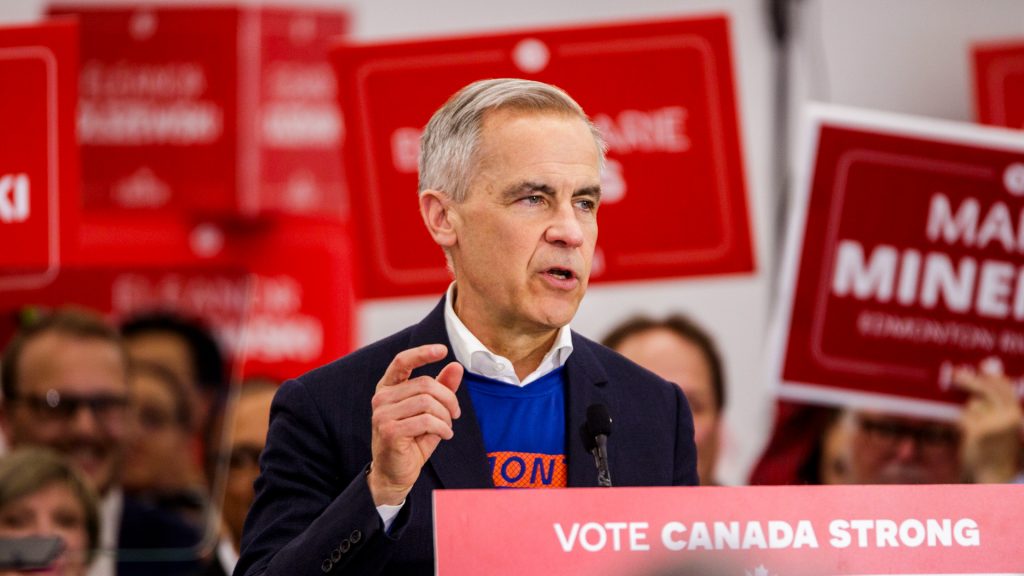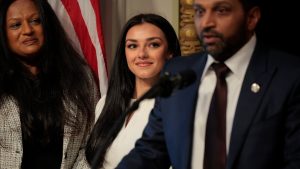Liberal Mark Carney wins Canada’s election amid Trump tariffs and threats
Ella Greene April 29, 2025 0
Canadian Prime Minister Mark Carney secured a fourth term for the Liberal Party in national elections Monday, April 28, pledging to push back against U.S. President Donald Trump’s escalating trade policies and threats to absorb Canada as the “51st state.” The Liberals are projected to form a minority government, just shy of a parliamentary majority.
How did Carney frame his election win?
In a victory speech, Carney promised to defend Canada’s sovereignty, calling Trump’s rhetoric and tariff actions more than symbolic. As reported by multiple outlets, including The New York Times and CNN, Carney warned voters that the U.S. was applying sustained pressure.
“President Trump is trying to break us so that America can own us. That will never happen,” Carney told supporters in Ottawa.
Throughout the campaign, Carney emphasized national independence and economic resilience. He vowed to maintain Canada’s retaliatory tariffs and deepen ties with European allies.
What is the political breakdown in Canada?
The Liberals are projected to win 167 seats — short of the 172 needed for a majority in the 343-seat Parliament. As reported by CBC and CNN, the result marks a dramatic turnaround for a party that had trailed the Conservatives by nearly 30 points earlier this year.
Conservative leader Pierre Poilievre conceded the election and lost his long-held Ottawa seat. Despite leading the party to its strongest national performance since 1988, his defeat raised questions about his future as party leader.
The New Democratic Party also suffered steep losses, and leader Jagmeet Singh announced his resignation after losing his seat.
What shifted voter support?
According to reporting from the New York Times and Reuters, Trump’s comments about annexation and his decision to impose sweeping tariffs on Canadian exports — including steel, cars and pharmaceuticals — played a major role in voter turnout. The economic impact of those policies pushed national identity and trade to the center of the race.
Carney’s campaign framed the election as a referendum on Canadian autonomy, promising to reduce reliance on the U.S. by investing in domestic manufacturing, energy and housing.
What’s next for US-Canada relations?
Carney and Trump haven’t met in person, though the two leaders spoke by phone before the election. Carney said any future meeting will focus on the economic and security relationship between two sovereign nations. A G7 summit in Alberta this June could mark their first face-to-face encounter.
Ella Rae Greene, Editor In Chief
Ella Greene
Ella and the staff at Clear Media Project (CMP) curate these articles.
Unless otherwise noted CMP does not write these articles.
The views, thoughts, and opinions expressed in the articles published on this blog belong solely to the original authors and do not necessarily reflect the views of the blog owner. The blog owner does not claim ownership of the content shared by contributors and is not responsible for any inaccuracies, errors, or omissions.
All rights and credits goes to its rightful owners. No Copyright Infringement is intended. If you believe any content infringes on your rights, please contact us for review and potential removal.





